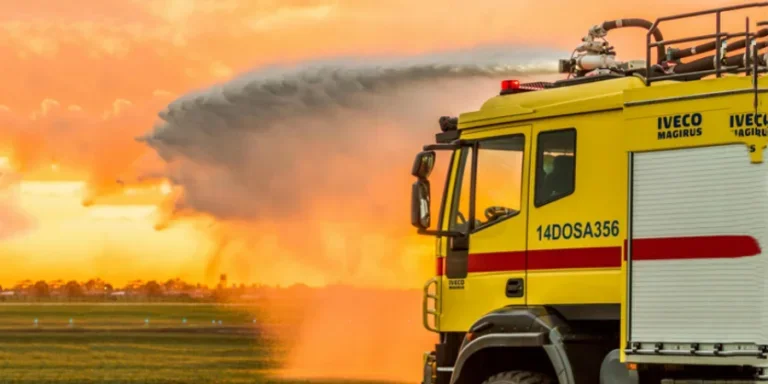Table of Contents
● Introduction
● Market overview
● Different types of fire trucks and their features
● Key considerations for fire truck selection
● Conclusion
Introduction
The global market for fire trucks is expected to increase from $8.1 billion in 2024 to $9.6 billion by 2030 due to urbanization growth and stricter fire safety regulations together with advancements in electric and hybrid truck technologies. Leading companies such as Rosenauer, Pierce Manufacturing, and Oshkosh Corporation play a big role in the market. There is demand for fire trucks in developed regions like North America and Europe, whereas accessibility is a concern in developing countries due to budget limitations. Governments are heavily investing in modernizing fire safety infrastructure by upgrading their fleets. Furthermore, the increasing use of alternative fuel trucks influences the industry’s future.
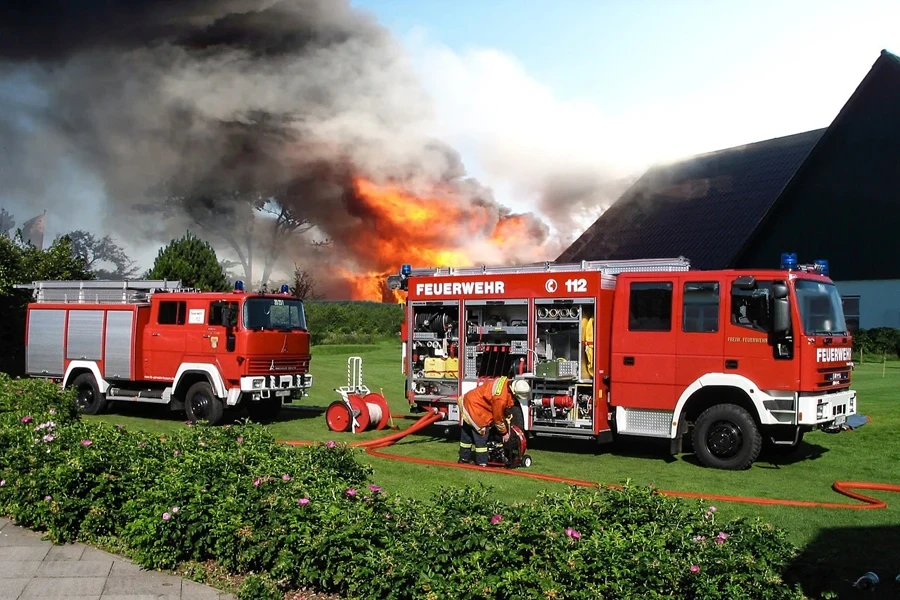
Market overview
The global market for fire trucks is expected to increase from $8.1 billion in 2024 to $9.6 billion by 2030 with a growth rate of 2.7%, as indicated by MarketsandMarkets data analysis firm. This rise is driven by urbanization and the enforcement of stricter rules regarding fire safety, along with the rising need for advanced firefighting vehicles like electric and hybrid trucks. Key players in the industry, such as Rosenbauer, Pierce Manufacturing, and OshKosh Corporation, are leading the way in innovation by offering high-capacity fire trucks with advanced features to cater to the growing demand.
In places such as North America and Europe, fire departments are updating their vehicle fleets to meet safety regulations. According to MarketsandMarkets, fire truck costs range from $400k to $1m, depending on the specifications. Developing countries are facing challenges due to budget constraints and high expenses, with basic models can be found for prices ranging from $50k to $150k. There’s a growing trend towards alternative fuel choices, which’s leading to more investments in electric and hybrid trucks, with battery-powered trucks gaining popularity, especially in Europe. Government funding drives market growth; for instance, China’s yearly budget of $1.5 billion for fire safety and India’s Smart City Mission, with a budget of $30 billion, are examples of this trend.
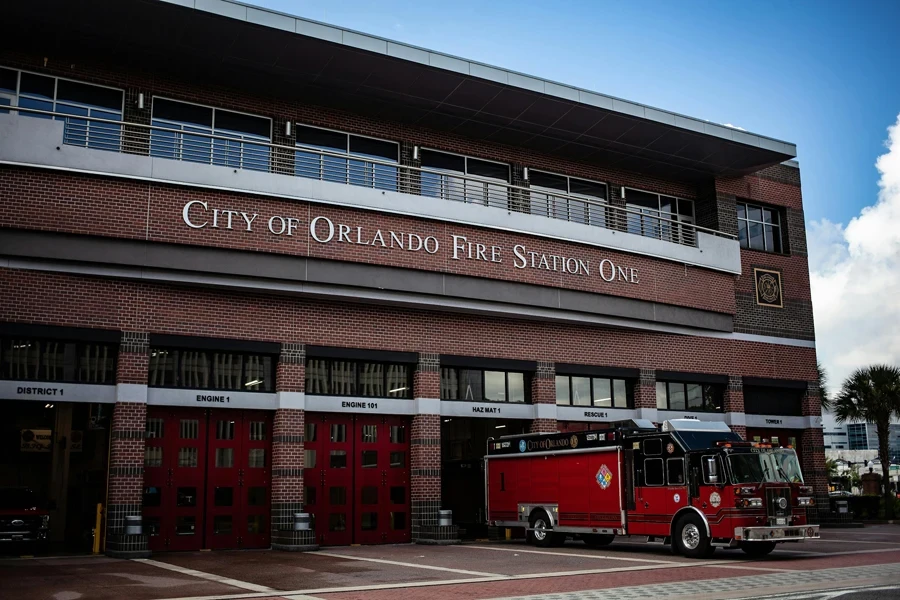
Different types of fire trucks and their features
Different types of fire trucks are classified according to their intended uses and characteristics for handling situations effectively. Type 1 fire trucks are commonly used for structural firefighting purposes. They come with water tanks ranging from 300 to 500 gallons and pumps that can disperse 1000 gallons per minute. These trucks meet the standards set by the National Fire Protection Association (NFPA), which makes them well-suited for battling fires in both residential and commercial structures. The trucks usually transport tools like hoses, ladders, and breathing gear and they are commonly the initial responders to urban crises, as stated by Pierce Manufacturing.
Type 2 fire trucks are like Type 1 but more compact and flexible. Typically serve rural areas for smaller fire containment efforts as well as dealing with vehicle accidents and rescue missions. They come with smaller tanks and pumps but carry all firefighting and rescue equipment needed for initial response actions. Pierce Manufacturing recommends type 2 fire vehicles fire vehicles for departments seeking an option to manage diverse tasks such as emergency medical service (EMS) response.
Wildfire trucks designed for forest areas come in various types, like Type 3, 4, and 5. They are equipped with 500 to 750-gallon water tanks and special pumps for firefight operations off-road. These trucks are built with 4×4 or 6×6 wheelbases to help them move easily in rough terrains and effectively combat wildfires that spread quickly by using the “pump and roll” technique. Front Line Services stated that these trucks prove to be crucial for rural fire departments dealing with emergencies in locations with water resources and challenging terrain conditions.
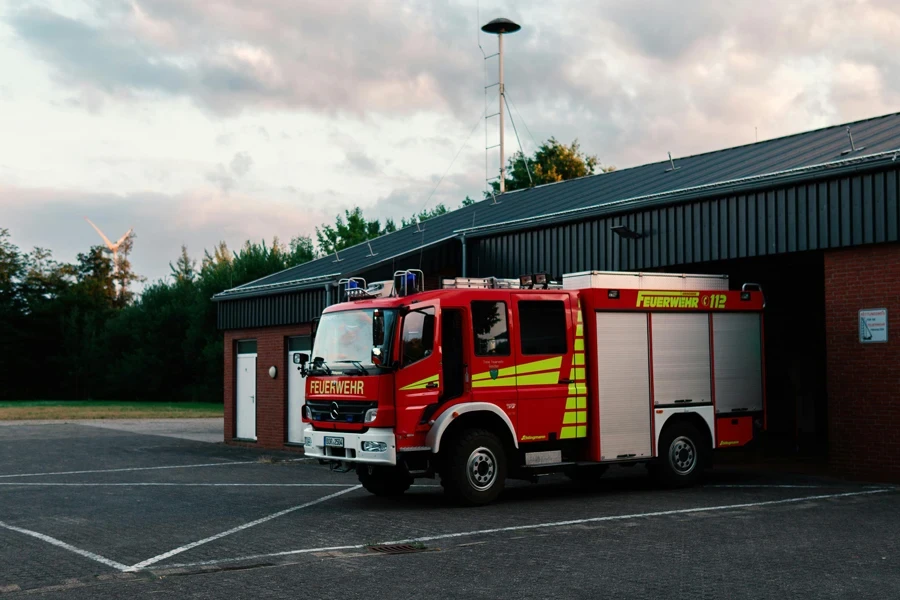
Electric fire trucks are becoming increasingly crucial due to their focus on reducing emissions and operating costs in the firefighting vehicle industry. These eco-friendly models are in demand because of regulations that aim to decrease the carbon footprint of emergency response vehicles. MarketsandMarkets reports that these eco-friendly fire trucks are being incorporated into fire departments found in cities with a keen eye toward sustainability. Additionally, rescue fire trucks outfitted with hydraulic equipment play a big role in industrial settings where they are used for intricate rescues and managing hazardous materials. These custom vehicles assist departments in addressing the requirements of their communities by focusing on reducing emissions or enhancing rescue capabilities.
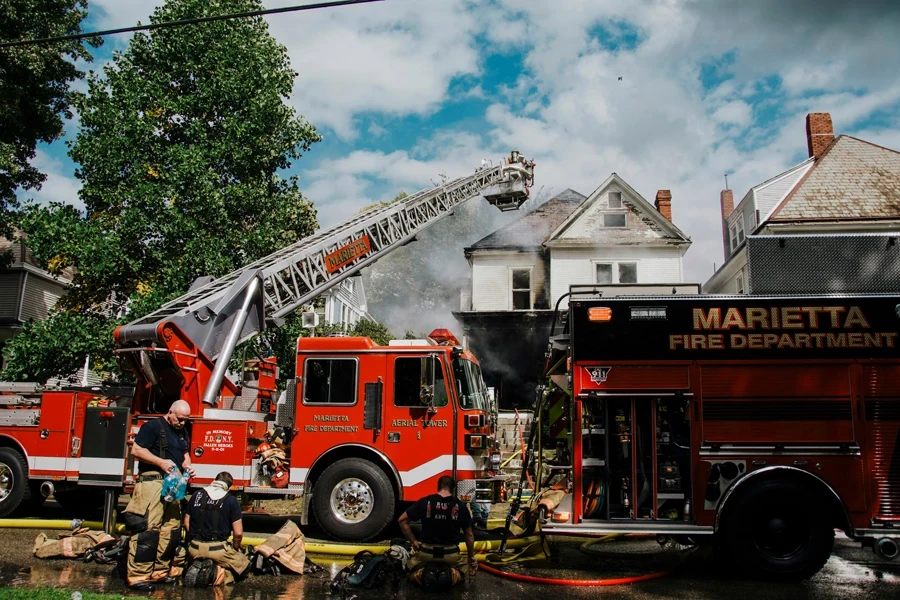
Key considerations for fire truck selection
Operational requirements should be considered when choosing a fire truck. Departments need to determine the purpose of the truck, be it for tackling fires, responding to wildland incidents, handling industrial fire emergencies, or conducting rescue missions. Each situation calls for different features. For instance, urban fire departments will require trucks equipped with modern gear to maneuver through dense areas, while rural or wildland departments will focus more on off-road performance and water capacity. Front Line Services emphasizes the importance of knowing the difficulties and risks in the service region to ensure that the truck can effectively handle operational requirements.
When choosing a fire truck model, decide which type of chassis to use and the terrain it will be used. In urban settings with good roads available, a 4×2 chassis is usually adequate; however, for rural and off-road locations, a 4×4 or 6×6 all-wheel drive model may be preferable due to their improved traction and maneuverability in challenging terrains. Fire trucks equipped with all-wheel drive are particularly well suited for areas with limited water access and rough terrain, as they provide better handling and flexibility for navigating environments. As per PKPM guidelines and standards, it’s crucial to consider the chassis selection as it directly impacts the load capacity of the car itself, subsequently dictating the amount of gear and water that can be transported by the vehicle.
In settings where fire hydrants are abundant and easily accessible, small water tanks with a capacity of around 500 gallons might be adequate. However, in rural or industrial areas, larger reservoirs weighing up to 8 tons are typically required to address fire risks present in those environments. Pump capabilities should adequately align with the firefighting requirements with higher gallons per minute (GPM) for larger fires. As mentioned by Pierce Manufacturing, trucks’ PTO pumps enable a good flow of water when the vehicle is moving, a crucial feature for fighting wildfires in rural areas.
In rural places with forests or trees around, it’s important to have the right tools on hand. Ladders help you reach high places and rescue tools for emergencies along with communication devices to stay connected and coordinate effectively among the team members during operations.
Budget and maintenance are factors to consider when investing in fire trucks. They vary widely in cost from basic models at $50k, to advanced ones exceeding $1 million with specialized functions per MarketsandMarkets data. Ongoing maintenance requirements, along with warranty coverage and replacement part availability, play a role in decision-making. It helps balance costs against long-term upkeep for the operational readiness of the trucks throughout their lifespan.
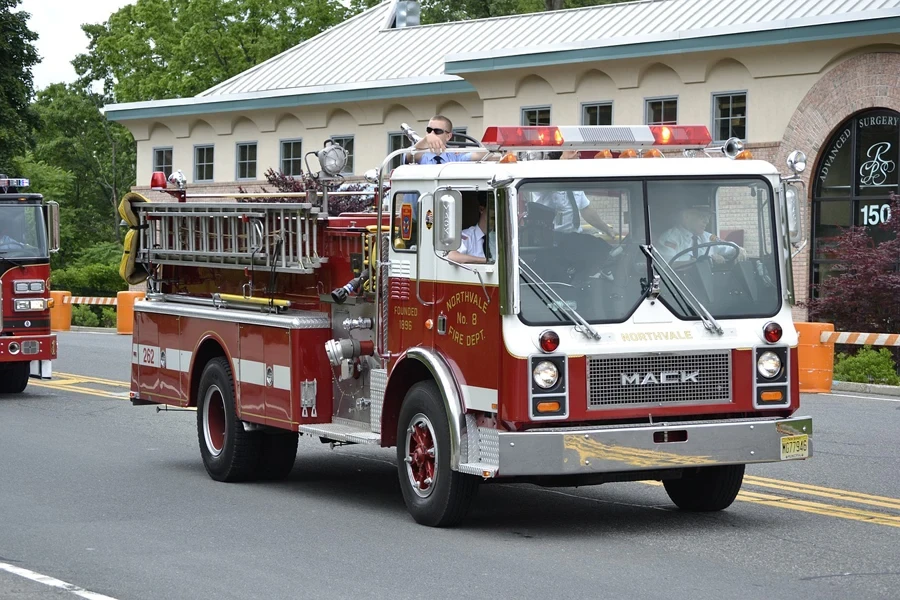
Conclusion
Choosing the best fire truck is vital to cater to the operational requirements of your department, be it for structural firefighting tasks or responding to wildland incidents and rescue missions. By assessing aspects such as the type of chassis used in the truck’s construction and its water tank capacity, along with considering factors like pump strength and necessary gear onboard the vehicle, you can ensure that the fire truck is well-matched to tackle the challenges in your area. Maintaining a balance between these features while considering budget constraints and long-term maintenance needs will enable you to make an informed decision that elevates your capabilities over an extended period.
